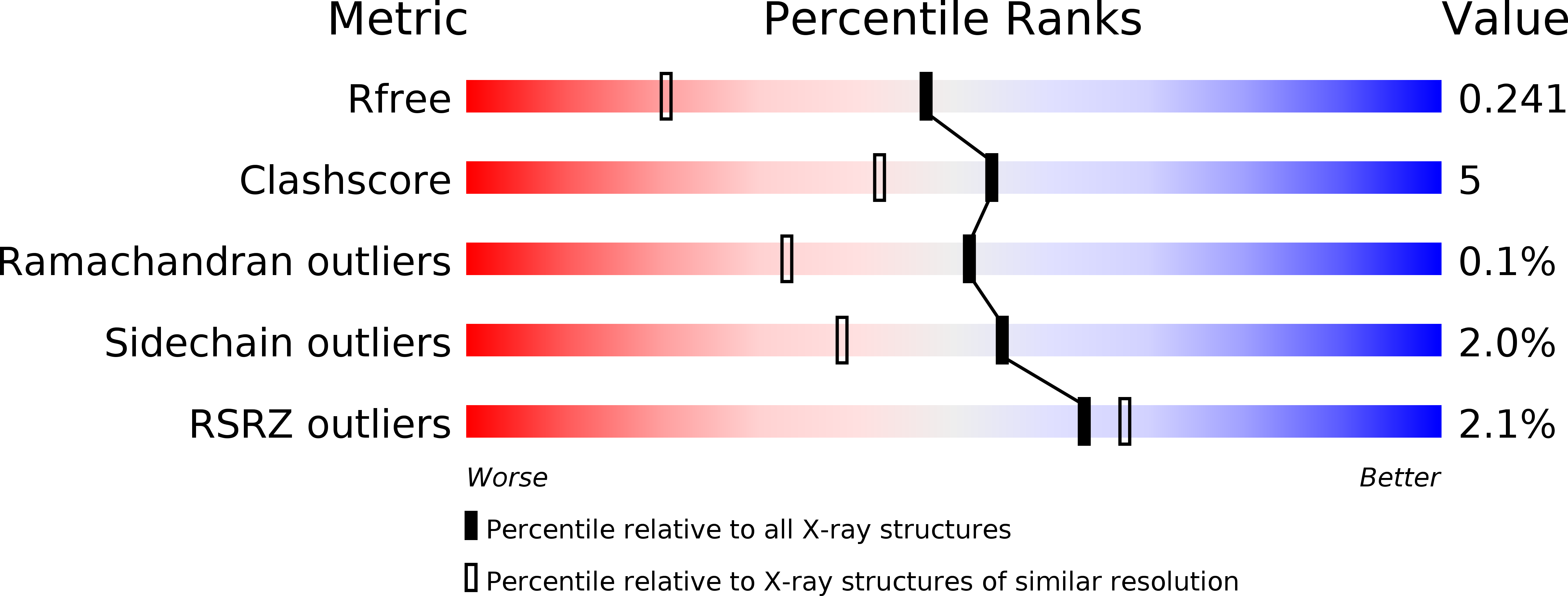
Deposition Date
2005-02-14
Release Date
2007-01-03
Last Version Date
2023-12-13
Method Details:
Experimental Method:
Resolution:
1.70 Å
R-Value Free:
0.23
R-Value Work:
0.20
R-Value Observed:
0.20
Space Group:
P 1 21 1


